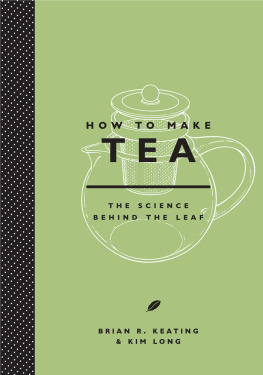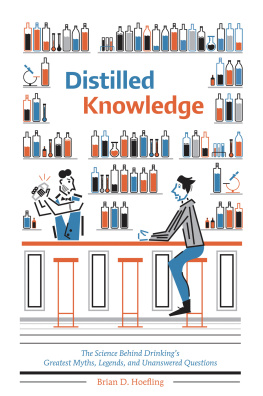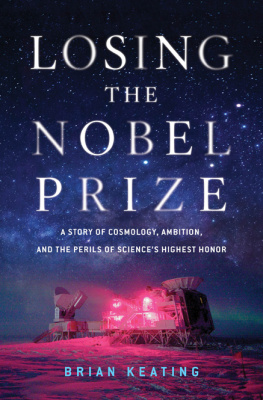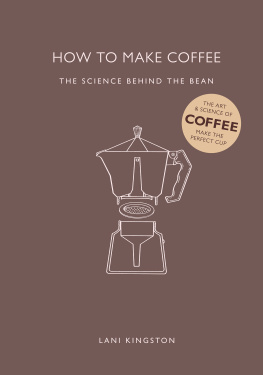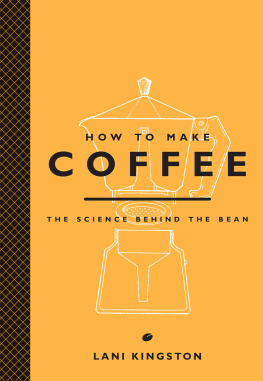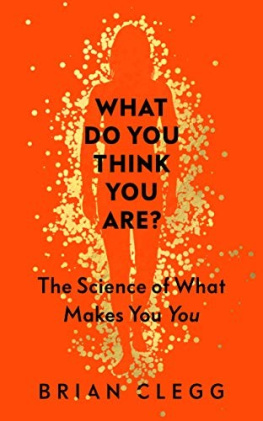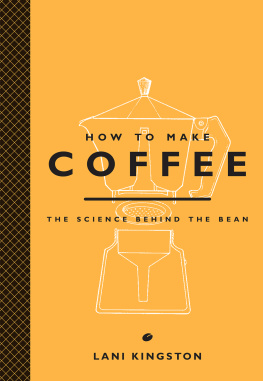HOW TO MAKE
TEA

THE SCIENCE BEHIND THE LEAF
BRIAN R. KEATING
& KIM LONG
ABRAMS IMAGE, NEW YORK
Editor: Sarah Massey
Designer: Ginny Zeal
Production Manager: Kathleen Gaffney
Library of Congress Control Number: 2014959319
Print ISBN: 978-1-4197-1797-0
eBook ISBN: 978-1-61312-875-6
Copyright 2015 The Ivy Press Ltd
Published in 2015 by Abrams Image, an imprint of ABRAMS. All rights reserved. No portion of this book may be reproduced, stored in a retrieval system, or transmitted in any form or by any means, mechanical, electronic, photocopying, recording, or otherwise, without written permission from the publisher.
This book was conceived, designed, and produced by
Ivy Press
210 High Street
Lewes, East Sussex
BN7 2NS, UK
Publisher: Susan Kelly
Creative Director: Michael Whitehead
Editorial Director: Tom Kitch
Art Director: James Lawrence
Commissioning Editor: Stephanie Horner
Editor: Kate Duffy
Design & Graphics: Ginny Zeal
Illustrator: John Woodcock
While the publishers and the author have made every effort to ensure that the information contained in this book is accurate and presented in good faith, no warranty is provided nor results guaranteed. The publishers and author exclude liability to the fullest extent of the law for any consequences resulting from reliance upon the information.
Abrams Image books are available at special discounts when purchased in quantity for premiums and promotions as well as fundraising or educational use. Special editions can also be created to specification. For details, contact or the address below.

115 West 18th Street
New York, NY 10011
www.abramsbooks.com
YOU KNOW THERES MORE TO TEA than just boiling water, adding a few tea leaves, and straining. You are ready to awaken and expand your tea experience. You want to make the perfect cupa luxurious drink that is satisfying, fragrant, and full of flavor. And this book will show you how.
How to Make Tea provides an in-depth look at the art and science behind making the perfect cup of tea. Learn about the chemistry of tea; how to choose the best leaf; the correct way to infuse to achieve the perfect flavor; and what essential tools and methods are needed for brewing the most delicious cup at home. How to Make Tea offers clear, illustrated, step-by-step instructions to polish your tea-making skills and help extract the best from every cup.
CONTENTS
INTRODUCTION
T his book is a concise guide about how to optimize the tea experience and turn tea leaves and hot water into a remarkable beverage. Beginning with a brief history of tea, the book continues with an examination of tea chemistry, and a guide to the terminology that will help you when buying tea. Tea-brewing techniques and tools are unveiled alongside the science behind brewing every major style of tea, as well as acknowledging its significance among diverse world cultures. Brewing good tea is easy; brewing perfectly splendid tea simply requires a little extra knowledge and preparation.
The origins of tea as a beverage reflect more than 5,000 years of complex, colorful, and global history. Tea germinated in ancient China and then spread into Japan, India, and eventually the western hemisphere. The story spans legendary Chinese emperors and Japanese monks who revered tea for its uplifting properties, and on to the emboldened British entrepreneurs who commercialized tea production in India during the 1800s. Tea has been traded, brewed, and prized worldwide ever since.
Every tea-producing geographic origin generated a series of unique post-harvest processing methods, independently giving character and cultural nuances to the taste, color, and aroma imparted by its native tea plants. An estimated 2,000 unique tea styles now grace the planet; different leaf shapes, sizes, and oxidation levels during processing are chief among the differing characteristics. Yet all tea types, whether black, oolong, green, or white, come from the same genus and species of plant, Camellia sinensis.
According to the Tea Association of the USA, tea is now the second most popular beverage in the world (after water) and a closer examination reveals why this has occurred. The tea plant is a virtual storehouse of natural compounds scientifically documented to support human health and well-being: plentiful antioxidants, amino acids, proteins, minerals, vitamins, and other constituents feed the body and brain. Like its sister beverage coffee, some of teas traditional appeal comes from its caffeine content, but the similarities end there. The caffeine content of tea is a central nervous system stimulant, optimizing mental alertness and physical reaction times, yet a fascinating amino acid found in teaL-theanineexerts a calming effect. This curious set of oppositesyin and yang, in Chinese philosophymay explain why so many people consider their tea breaks refreshing and uplifting, as well as soothing and relaxing. From its origins thousands of years ago in a remote part of the globe, to its emergence as a major commodity in world trade, tea is surging forward once again as a healthy, functional, and enthusiastically embraced beverage.
SECTION ONE
The Tea Plant

A BRIEF HISTORY OF TEA
T he history of tea intertwines mythology, fact, legend, and cultural folklore. This story starts inside ancient forests and temples, and transitions to a prominent place within modern, global commerce through an amazing patchwork of interconnected events. Trying to unravel this colorful tea lineage involves both detective work and botanical archaeology.
Of the three major beverages served hotcoffee, tea, and cocoatea is number one in the world. According to the latest statistics, about 66 billion gallons (300 billion liters) of commercial beverages are consumed worldwide annually; of this total, more than 21 percent are hot teas, by far the leading category.
Tea plants in recorded history can be traced to ancient China, circa 2737 BCE, noted then by Emperor Shen Nung, who was also a legendary herbalist. One story relates that when Shen Nung became ill while testing various herbal concoctions, some leaves from a wild tea plant fell into one of his mixtures. As a possible remedy, he drank some of the tea-infused liquid and felt much better. He named the tea plant cha in Mandarin Chinese.
No written references to tea appear in Chinese literature for another two millennia. Between 1122 BCE and 22 CE, tea once again surfaced in published records; the first tea-drinking accessories date from this era as well. Competing lore has it that tea culture originated within India and followed the spread of Buddhism into China, Japan, and elsewhere in Asia. However, there is no solid evidence that Prince Siddhartha Gautamathe founder of ancient Buddhismever traveled to China. Regardless, both China and India, and possibly Burma (Myanmar) and Thailand, are within the native home range of wild tea plants. Although the plant may have been widely used as an herbal medicine, the Chinese were the first culture to use it as a beverage.
THE ORIGINS OF TEA
In the eighth century, Buddhist monks reportedly introduced tea in compressed cakes from China into Japan, spawning the Japanese tea culture. These tea cakes were used to create the earliest forms of Japanese-style matcha tea. In 780 CE, Chinese writer Lu Yu published the first treatise on tea:
Next page
